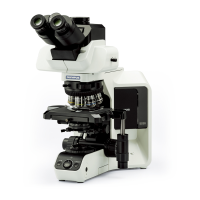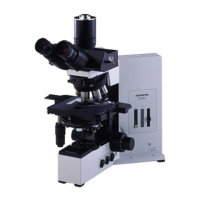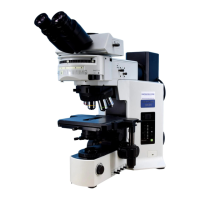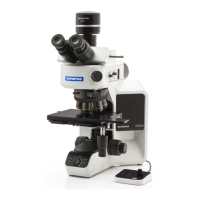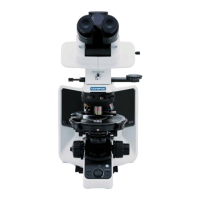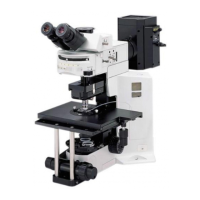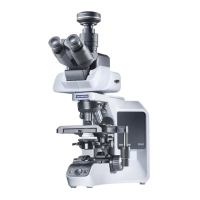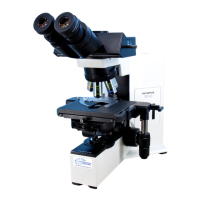How to fix an Olympus BX53 when the bulb does not light?
- GGregory HolmesAug 20, 2025
If the bulb of your Olympus Microscope doesn't light, first replace it, keeping in mind there may be a wire disconnection in the terminal section even if the filament looks normal. If that doesn't work, check if the power cord is properly plugged into the power outlet.
